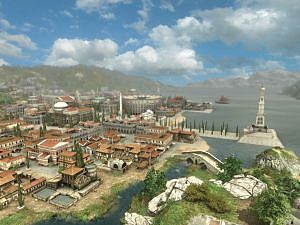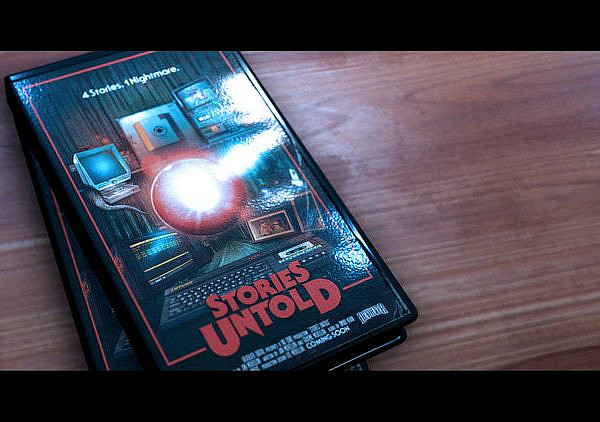In the city-builder Grand Ages: Rome, you become a leader of several expanding Roman colonies spread throughout Europe. Will you manage to build up a successful city and preserve the imperial glory of the Roman Republic?
The alpha and omega of Grand Ages: Rome is the campaign, which takes place during the final years of the Roman Republic. At the beginning of the campaign, you choose from characters representing different families. Even though your character doesn’t physically appear in the missions, they play an important role in the game since each of them has some unique traits that benefit you in military, economic or civic ways.
The player can decide which missions to do and in which order
The campaign mode offers various missions to choose from, focusing either on military skirmishes or economic development of the city and some of them even combining both. It’s completely up to you to decide which missions to do and in which order, but the choices you make will influence the unlocking of new missions. Therefore, by deciding whether you want to side with, for example, Marcus Tullius Cicero or Pompey Magnus, you are able to influence the future of the Roman Republic!
Unfortunately, the military missions don’t really belong to the game’s strengths. Combat consists solely of mashing together columns of troops and the only way you can step in is to choose how much of which kinds of troops you want to use. However, the economic missions are where the game has much to offer. To build a prospering city, you have to satisfy the needs of the low-end plebeians, the hoity-toity equites and even the spoiled patricians. This may sound easy, but in practice, you have to be a very good planner to fulfil the missions’ objectives and at the same time not drive the city to bankruptcy. Even the smallest failing in the city’s economic system, such as a shortage of olive oil or wine can lead to a catastrophe. If you, for example, do not meet the equites’ desire for entertainment, they will simply move away from the city. As a result, there will be nobody to work in the tailor shop making clothes for the patricians, who will leave as well. Moreover, an abandoned building will eventually burst into flames and since the equites are the only citizens who can work in prefectures, this scenario would most probably lead to a loss.
It took me some time till I grasped the seemingly complicated mechanics of the game, but after a couple of missions, I developed a building strategy that can be applied to almost every mission. However, the objectives became more challenging the further I got in the game, so the steps towards building a successful city didn’t feel like a routine at any point.
Grand Ages: Rome is a relaxing real-time strategy that will captivate mostly those who like to test their managerial skills. Even though it has already been on sale for some time, thanks to its deeply elaborated game mechanics, Grand Ages: Rome is definitely one of the best city-building strategies I have ever played.
The pictures used in this article are from https://www.fanatical.com/en/game/grand-ages-rome and https://store.steampowered.com/app/23450/Grand_Ages_Rome/.
Key information
Developer: Haemimont Games
Publisher: Kalypso Media
Release date: March 6, 2009
Platforms: Microsoft Windows, Cloud (OnLive)
Genre: City-building, Real-time strategy
PEGI Rating: 7+
You might also like
More from Game Reviews
Assassin’s Creed Odyssey- The sea breeze carries home and adventure
Let us sail the seas and scale the mountains of Greece together!
Animal Crossing: Pocket Camp but without the microtransactions?
Pocket Camp Complete is a cute and relaxing mobile game that offers the full experience with a one-time purchase.
Stories Untold – An Experimental Psychological Horror Adventure
Stories Untold is a narrative-driven horror adventure game and a truly remarkable take on the genre. The four episode anthology …

















